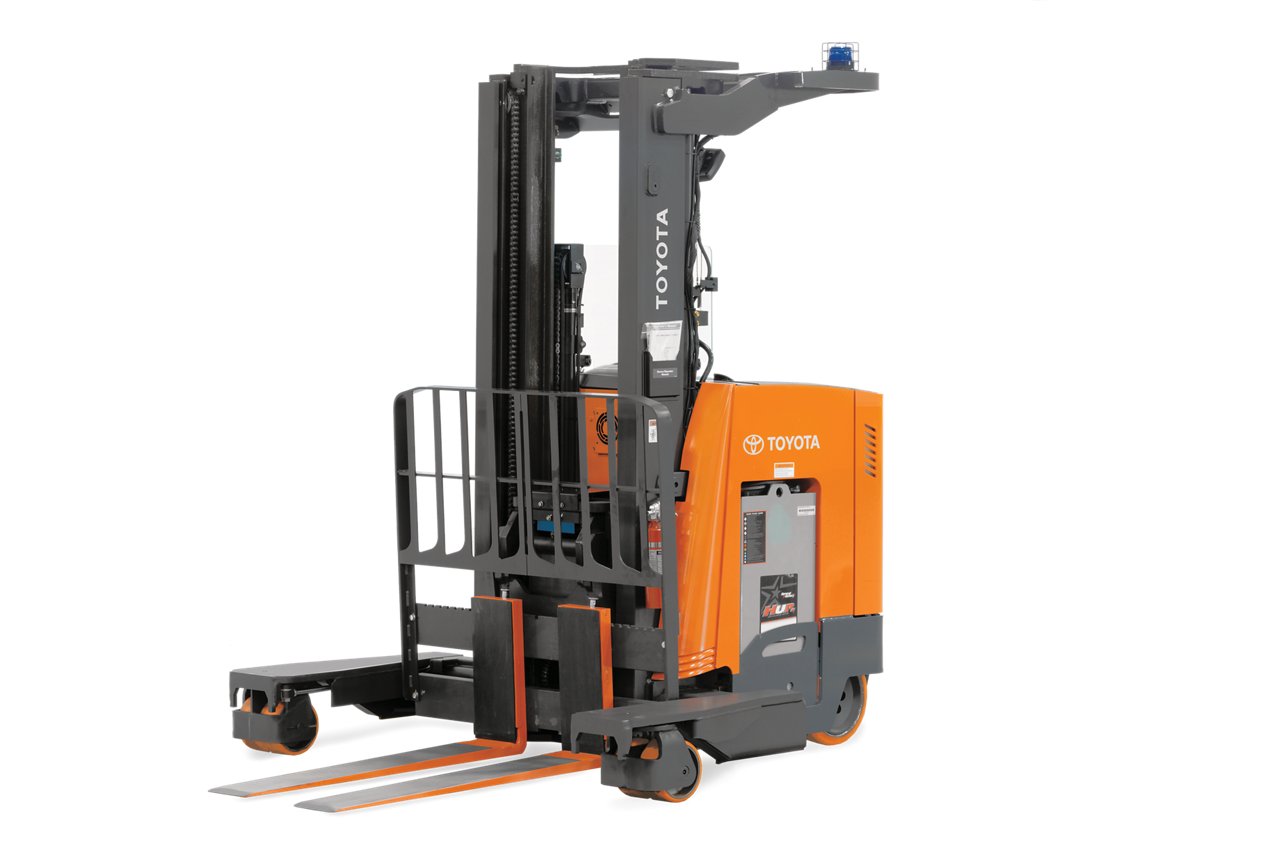Top Tips for Safely Operating a Reach Lift Truck
Operating a reach lift truck requires skill, caution, and adherence to safety protocols. Whether you are a seasoned operator or a novice, it is essential to prioritize safety at all times to prevent accidents and injuries in the workplace. Here are some top tips to help you operate a reach lift truck safely.
1. Pre-Operational Checks
Before operating a reach lift truck, it is crucial to perform a series of pre-operational checks to ensure that the equipment is in good working condition. These checks include:
- Inspecting the tires for any signs of wear or damage.
- Checking the fluid levels, such as fuel, oil, and hydraulic fluid.
- Testing the brakes, steering, and horn for proper function.
- Ensuring that all safety features, such as seat belts and lights, are working correctly.
Additional Tips:
- Do not operate a reach lift truck if any issues are identified during the pre-operational checks.
- Report any problems to the maintenance department for immediate repair.
2. Proper Training
Proper training is essential for all operators of reach lift trucks. Before operating the equipment, ensure that you have received adequate training on how to safely use the reach lift truck, including:
- Understanding the controls and functions of the reach lift truck.
- Learning how to stack and unstack loads safely.
- Practicing maneuvering the reach lift truck in tight spaces.
Additional Tips:
- Regularly participate in refresher training courses to stay updated on best practices.
- Do not operate a reach lift truck if you have not received proper training.
3. Load Handling
Handling loads with a reach lift truck requires precision and care to prevent accidents and damage to the goods being transported. Follow these tips for safe load handling:
- Ensure that the load is stable and evenly distributed on the forks.
- Avoid overloading the reach lift truck beyond its capacity.
- Use caution when stacking or unstacking loads to prevent tipping.
- Keep a safe distance from obstacles and other equipment while carrying a load.
Additional Tips:
- Never leave a raised load unattended.
- If visibility is limited, use a spotter to guide you when handling loads.
4. Safe Driving Practices
Safe driving practices are essential when operating a reach lift truck to prevent collisions and injuries. Follow these tips for safe driving:
- Observe the speed limit and drive at a safe and controlled pace.
- Use the horn when approaching intersections or blind spots to alert others of your presence.
- Always look in the direction of travel and use mirrors to ensure a clear path.
- Avoid sudden stops and starts to prevent the load from shifting.
Additional Tips:
- Yield the right of way to pedestrians and other equipment in the workplace.
- Avoid distractions, such as using a phone or listening to music, while operating the reach lift truck.
5. Maintenance and Inspections
Regular maintenance and inspections are crucial to ensure the safe operation of a reach lift truck. Follow these guidelines for maintaining the equipment:
- Develop a routine maintenance schedule and adhere to it consistently.
- Keep detailed records of maintenance and inspections for reference.
- Inspect the reach lift truck for any signs of wear, damage, or malfunction before each use.
- Address any issues promptly and avoid using the equipment until it is repaired.
Additional Tips:
- Train operators on basic maintenance tasks, such as checking fluid levels and inspecting tires.
- Work with the maintenance department to address any recurring issues or safety concerns.
